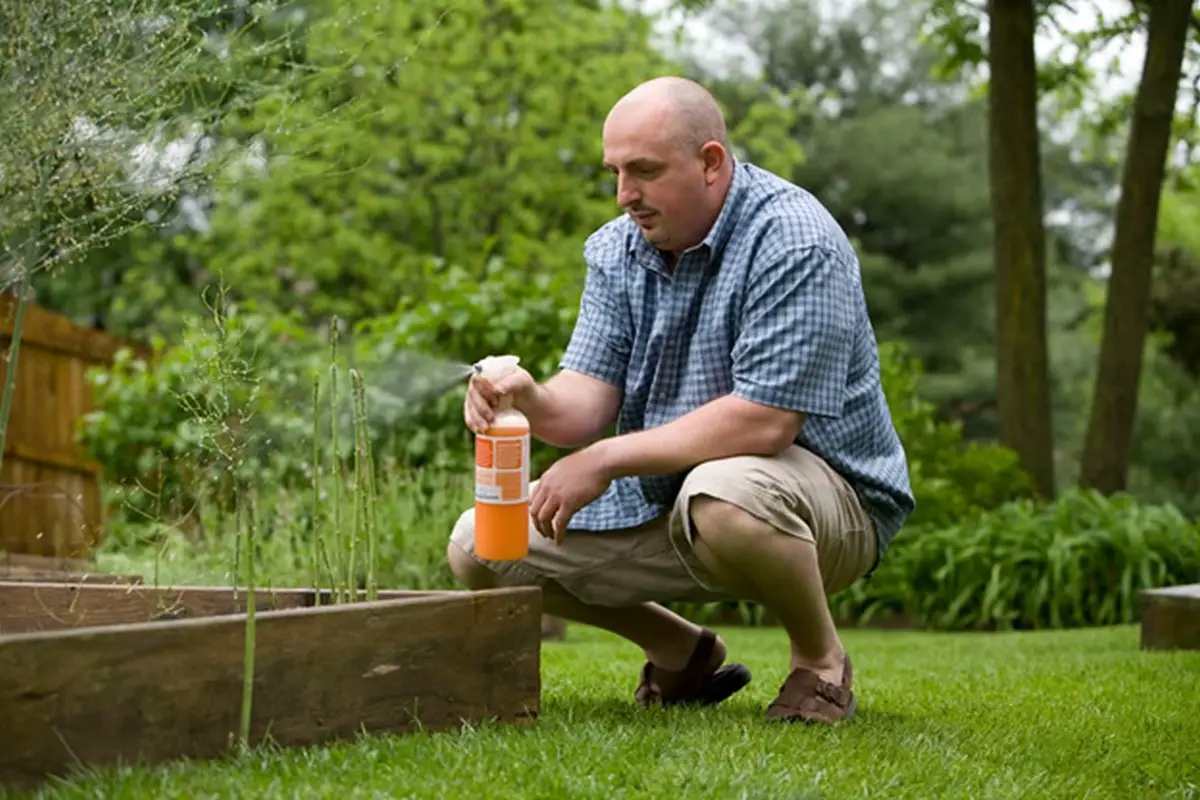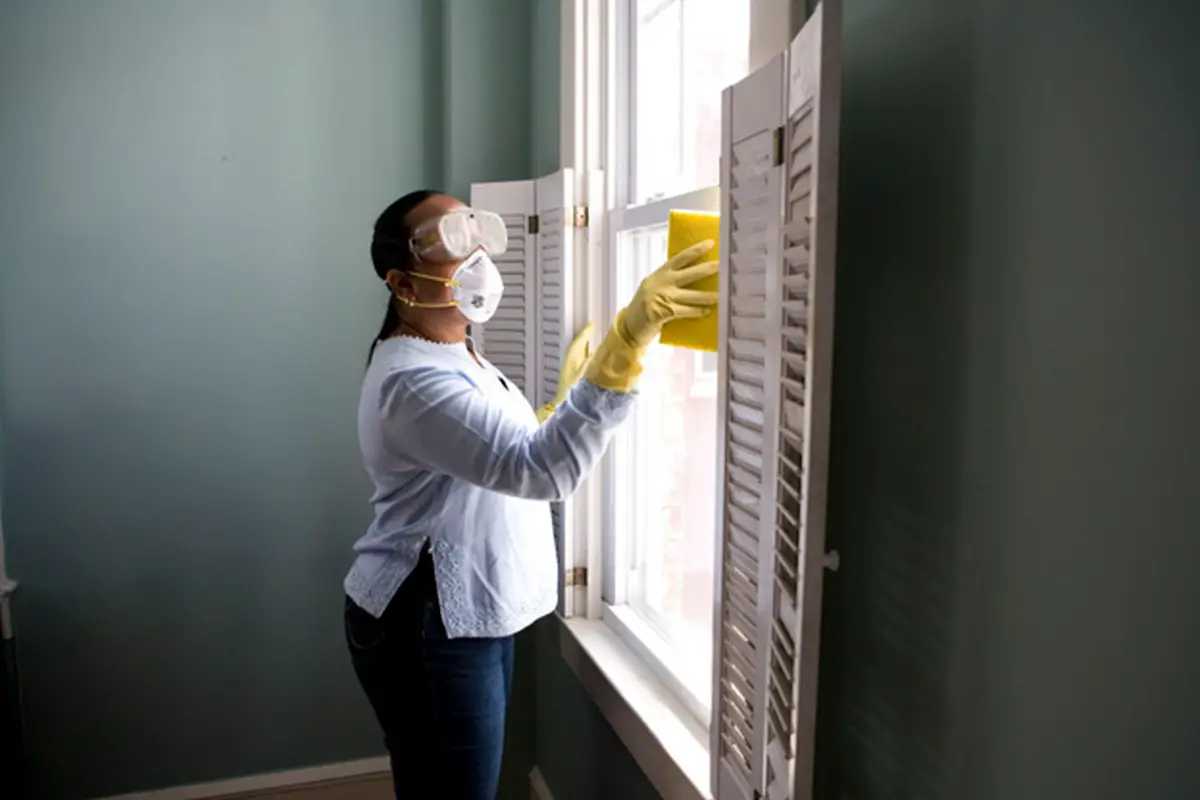The importance of prevention in managing pests in your home, Building insects tips, Online home advice
The Importance of Prevention in Managing Pests in Your Home
20 March 2024
The tranquility of home life can be swiftly disrupted by the intrusion of pests. From cockroaches scuttling across kitchen counters to rodents gnawing on electrical wires, pests not only annoy but also pose health risks and property damage. While it’s tempting to address pest infestations reactively, the most effective approach lies in prevention. By adopting proactive measures, homeowners can mitigate the risks associated with pests and maintain a healthier, more comfortable living environment for themselves and their families. In this comprehensive exploration, we delve into the significance of prevention as the cornerstone of pest management in residential settings.
Understanding Pest Behavior and Biology
To effectively prevent pest infestations, it’s crucial to comprehend the behavior and biology of common household pests. Each species has unique habits and preferences that influence their attraction to residential spaces. For instance, rodents seek shelter, food, and water sources, making cluttered areas and accessible food particularly inviting. Termites, on the other hand, are drawn to moisture and cellulose-rich materials, such as wood, often leading to extensive structural damage if left unchecked. Understanding these tendencies allows homeowners to identify potential vulnerabilities and implement targeted prevention strategies.
Implementing Structural Defenses
One of the fundamental aspects of pest prevention involves fortifying the structural integrity of the home. Seal cracks and crevices in walls, floors, and foundations to deny pests entry points. Install screens on windows and doors to prevent flying insects from infiltrating indoor spaces. Additionally, maintain proper ventilation and address plumbing leaks promptly to reduce moisture levels, which can attract pests like cockroaches and termites. Regularly inspecting and repairing damaged roofing, siding, and gutters can also deter pests seeking shelter and nesting sites.
Regular Monitoring and Inspection
Consistent monitoring and inspection are vital components of a proactive pest prevention strategy. Conduct routine inspections of the home’s interior and exterior, focusing on areas prone to pest activity such as kitchens, bathrooms, basements, and attics. Look for signs of pest presence, including droppings, gnaw marks, nests, and damaged materials. Early detection allows homeowners to address potential issues promptly before they escalate into full-blown infestations. Additionally, scheduling periodic termite inspections by a reputable termite inspection company can help identify and mitigate termite activity before significant damage occurs. These professionals possess the knowledge, experience, and specialized equipment necessary to detect even subtle signs of pest activity, particularly in the case of elusive pests like termites.
Practicing Sanitation and Hygiene
Maintaining a clean and hygienic living environment is essential for deterring pests and minimizing their attraction to the home. Simple tasks such as promptly disposing of garbage, storing food in airtight containers, and cleaning spills and crumbs can significantly reduce the availability of food sources for pests like ants and rodents. Regularly vacuuming carpets and sweeping floors not only eliminates debris but also disrupts the breeding and nesting sites of pests. In areas prone to moisture buildup, such as kitchens and bathrooms, keeping surfaces dry and fixing leaks promptly can prevent mold growth and subsequent pest infestations. You should visit Corky’s Pest Control.
Employing Natural and Chemical Solutions
Incorporating both natural and chemical solutions can bolster pest prevention efforts, depending on the severity of the infestation and homeowner preferences. Natural remedies such as diatomaceous earth, essential oils, and botanical insecticides offer eco-friendly alternatives for repelling pests without posing significant risks to humans or pets. Additionally, deploying traps and baits can target specific pests while minimizing the use of chemical pesticides. However, in cases of severe infestations or potential health hazards, consulting with a professional pest control service may be necessary to effectively eradicate pests and implement long-term prevention measures.
Educating Residents and Promoting Community Awareness
Educating residents about pest prevention practices is essential for fostering a collective effort in maintaining pest-free environments. Encourage family members to participate in household chores and adhere to sanitation guidelines to minimize pest attractants. Promote awareness within the community through workshops, informational sessions, and neighborhood initiatives focused on pest prevention and integrated pest management techniques. By fostering a culture of vigilance and cooperation, communities can effectively combat pest issues on a broader scale, reducing the burden on individual homeowners and promoting overall well-being.
In conclusion, prevention stands as the linchpin in managing pests effectively within residential settings. By understanding pest behavior, fortifying structural defenses, practicing sanitation and hygiene, employing natural and chemical solutions judiciously, conducting regular monitoring and inspection, and promoting community awareness, homeowners can significantly reduce the likelihood of pest infestations and safeguard their homes and families. Embracing a proactive approach to pest management not only saves time, money, and resources but also contributes to a healthier and more harmonious living environment for all.
Comments on this guide to The Importance of Prevention in Managing Pests in Your Home article are welcome.
Pest Control
Pest Control Posts
6 Reasons Why You Need Pest Control Services?
4 benefits of seeking pest control services
Pest control prevention steps building homes
How to Deal With Pest Infestation
Building Articles
Residential Architecture
Adelaide Convention Centre, South Australia building design by architects Woods Bagot.
Comments / photos for The Importance of Prevention in Managing Pests in Your Home page welcome






